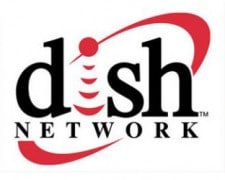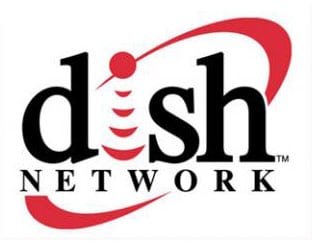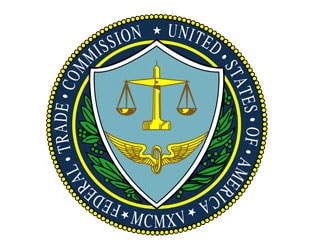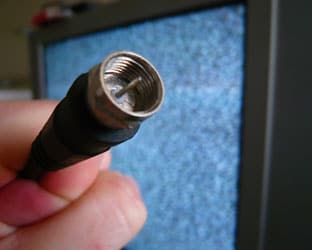 Dish wants to jump in the arena of offering network programming online, as well as over the bird. Let’s face it, eyeballs are moving in droves to the internet for programming and entertainment. Dish wants to be there as well as everyone else.
Dish wants to jump in the arena of offering network programming online, as well as over the bird. Let’s face it, eyeballs are moving in droves to the internet for programming and entertainment. Dish wants to be there as well as everyone else.
In addition to Viacom, Bloomberg reports the negotiations involve Univision Communications and Scripps Networks Interactive. The companies would offer an online product known as an over-the-top service, charging a lower price for a smaller bundle of channels viewable on a computer or tablet.
The service would change the dynamics of the pay-television business, breaking up the bundles that force customers to pay for channels they don’t watch—this is like an end run for a la carte.
It also gives Dish a way to avoid its biggest programming expense: Sports. As we all know, top biller ESPN gets as much as $5.13 each month for every cable and satellite subscriber, compared with the industry’s average of 26 cents.
The effort would mark the biggest attempt to create an online service with live cable channels, a break from the approach taken by Netflix and Hulu. Netflix and Hulu don’t carry live programming, which fetches higher ad dollars.
For Dish, the move would decrease its reliance on its satellite-TV service and gives it a way to undercut pay-TV competitors on price.
Cable networks, meanwhile, have been reluctant to break up their suite of channels and sell them a la carte because it would lower the amount of available ad inventory.
Viacom would be willing to sell smaller bundles of its networks, which also include Nickelodeon and Comedy Central, at a higher rate per channel than it does for its full complement of programming, according to the story.
Dish’s plan would go beyond the TV Everywhere initiative, already adopted by most of the major networks. Programmers such as Time Warner’s CNN and HBO, offer the option to people who already pay for television, letting them watch those same channels on their phones, tablets and personal computers.
Still, some younger demos are abandoning conventional cable TV in favor of Internet services. Dish wants to reach consumers around 18 to 28 who would rather pay $20 a month for a smaller package of channels to watch on computers or mobile devices, CEO Joseph Clayton said in an interview this month.
The challenge is getting a “critical mass” of companies to give online rights to live shows, Clayton said. Negotiations bog down because programmers aren’t willing to sell Dish the rights for a low enough price to make a service viable, he said.
RBR-TVBR observation: Viewers want a la carte to save money. Just offering paying cable subscribers the option to watch live programming via the internet is nice, but it doesn’t save consumers money. The networks, while beholden to the MSOs, want to keep/expand their audience, not lose it to cord-cutting. This is one way to do it—especially at $20 per month. If Dish offers the right revenue model to network conglomerates like Viacom, the a la carte “dam of demand” may finally burst. Cable needs to do the same thing soon too if it wants to keep its customers—beyond the economy packages that some have debuted over the past two years. People will stay with cable longer that way in the long run.





